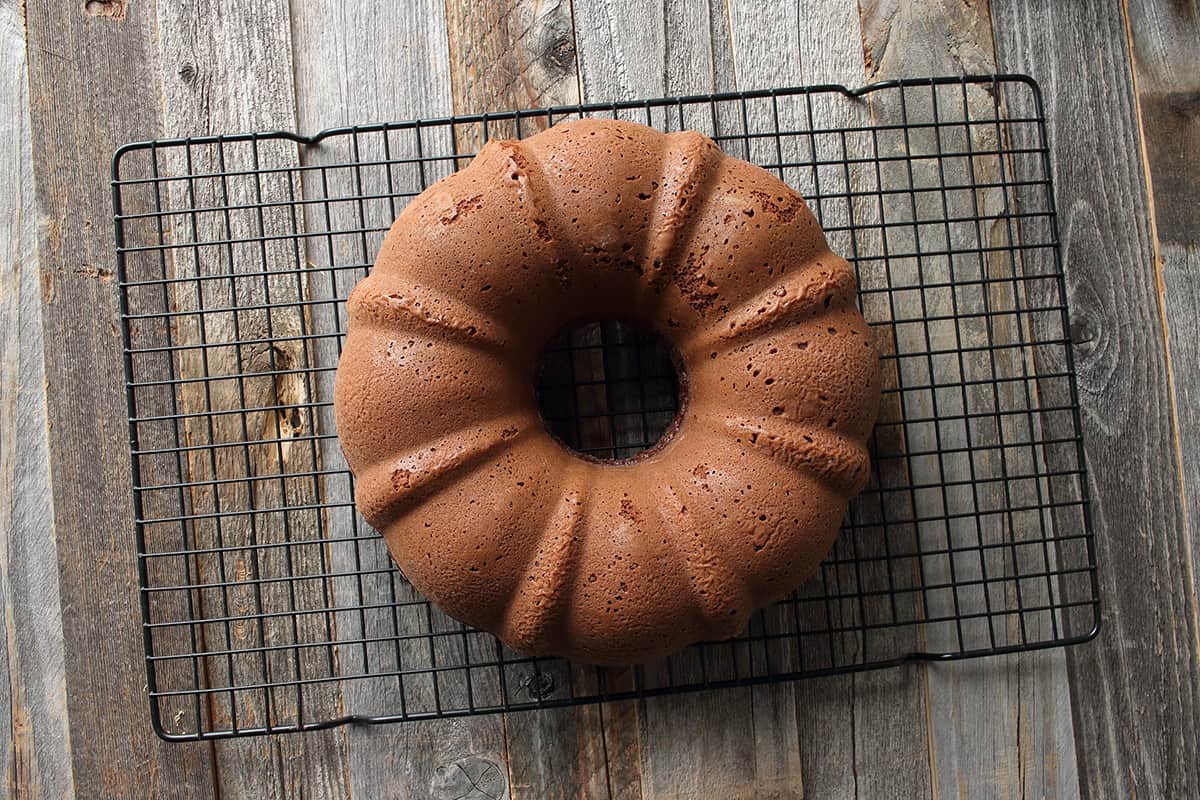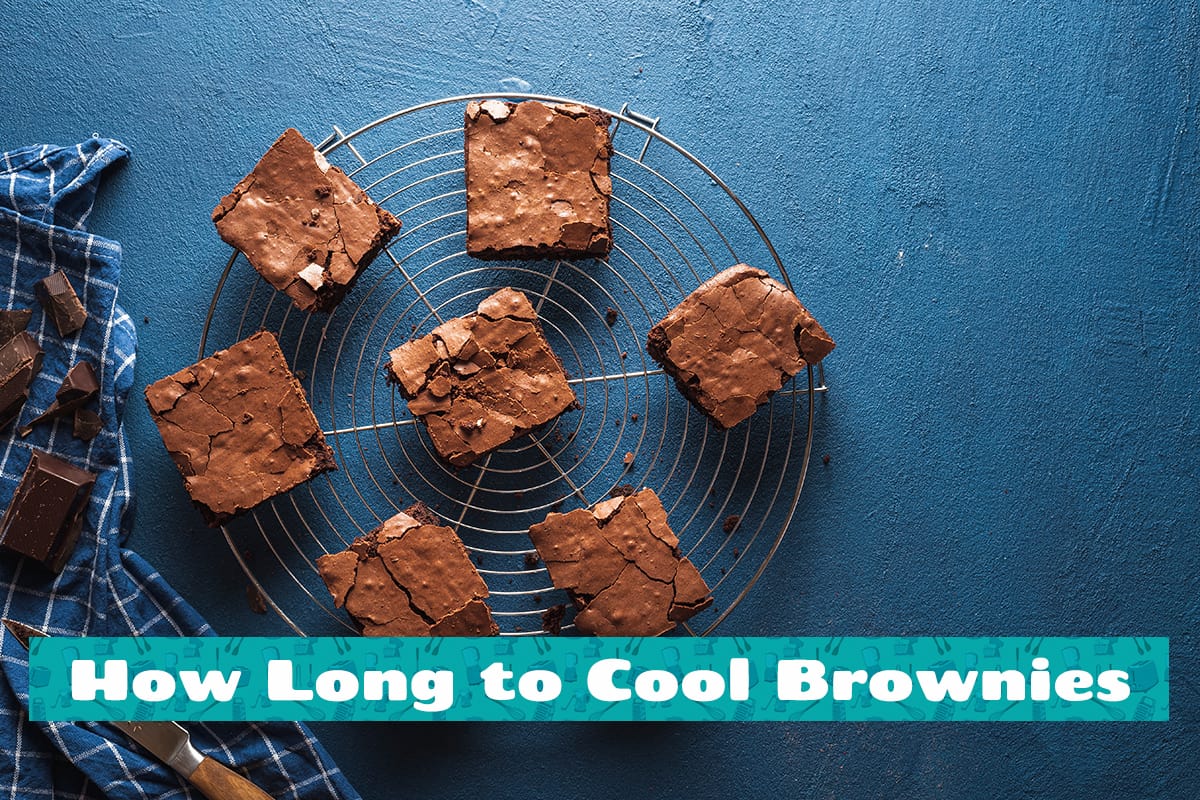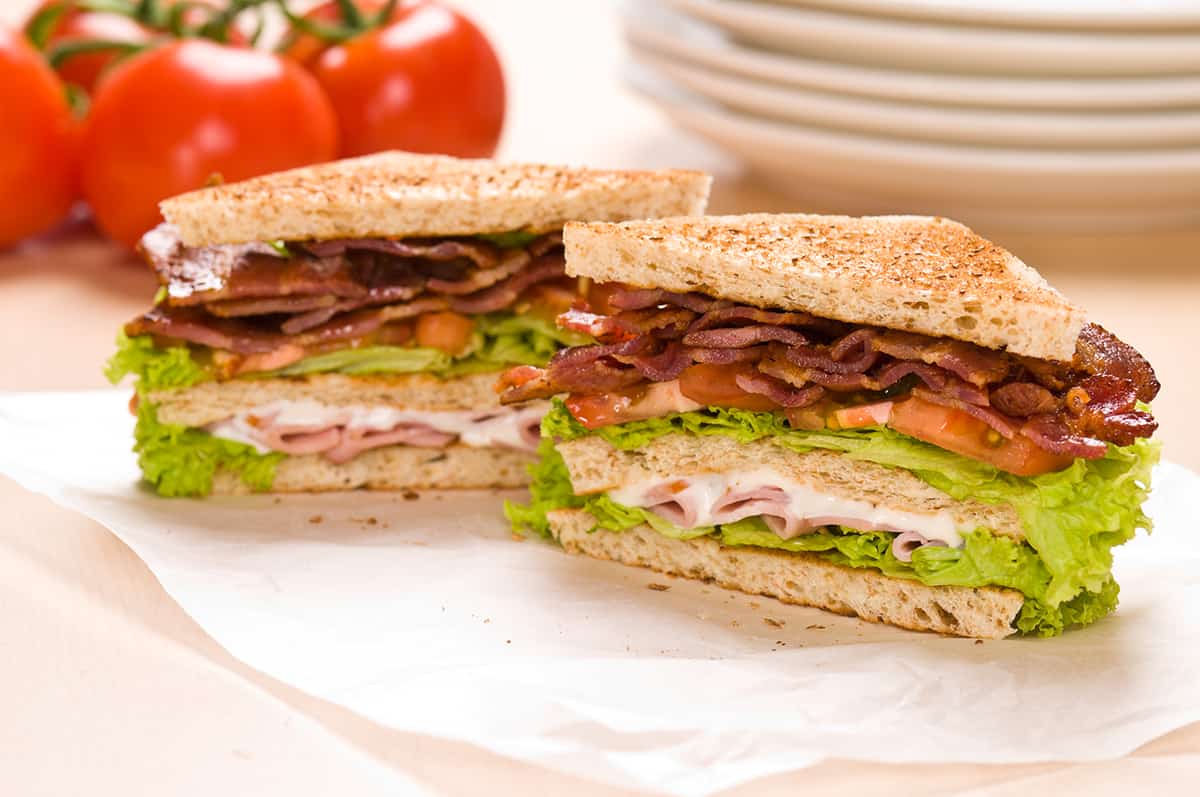As much as we love the thought of digging into an oven-fresh confectionary, doing so can have disastrous results. You might as well bid your tastebuds and the roof of your mouth adieu if you try to eat a spoonful of piping-hot cake straight from the oven. If that doesn’t sound very appealing, then you should try letting the cake cool down.
A standard cake will usually cool down to room temperature within three hours. After removing it from the oven, let the cake sit on a kitchen counter for 10 minutes before transferring it to a wire cooling rack.
However, not burning your tongue isn’t the only reason you should let a cake cool down completely. In this guide, I’ll explain how long you should let a cake cool down and why you should let it come down to room temperature.
How Long Does It Take for a Cake to Cool?
After baking a cake for 30 to 35 minutes at certain temperatures, it only makes sense that it will be scorching hot the moment you pull it out of the oven. As appetizing as fresh-from-the-oven cake sounds, it’s not going to do your tongue and tastebuds any good. So, when your cake is done baking, you should let it cool down.
But how long does that take? On average, a cake will cool down to room temperature in three hours. It might take longer depending on the size of the cake. However, after about 30 minutes, the cake should be cool enough to portion and serve if you want to serve it warm to your guests.
How Long Should I Let Roulade Cake Cool Down?
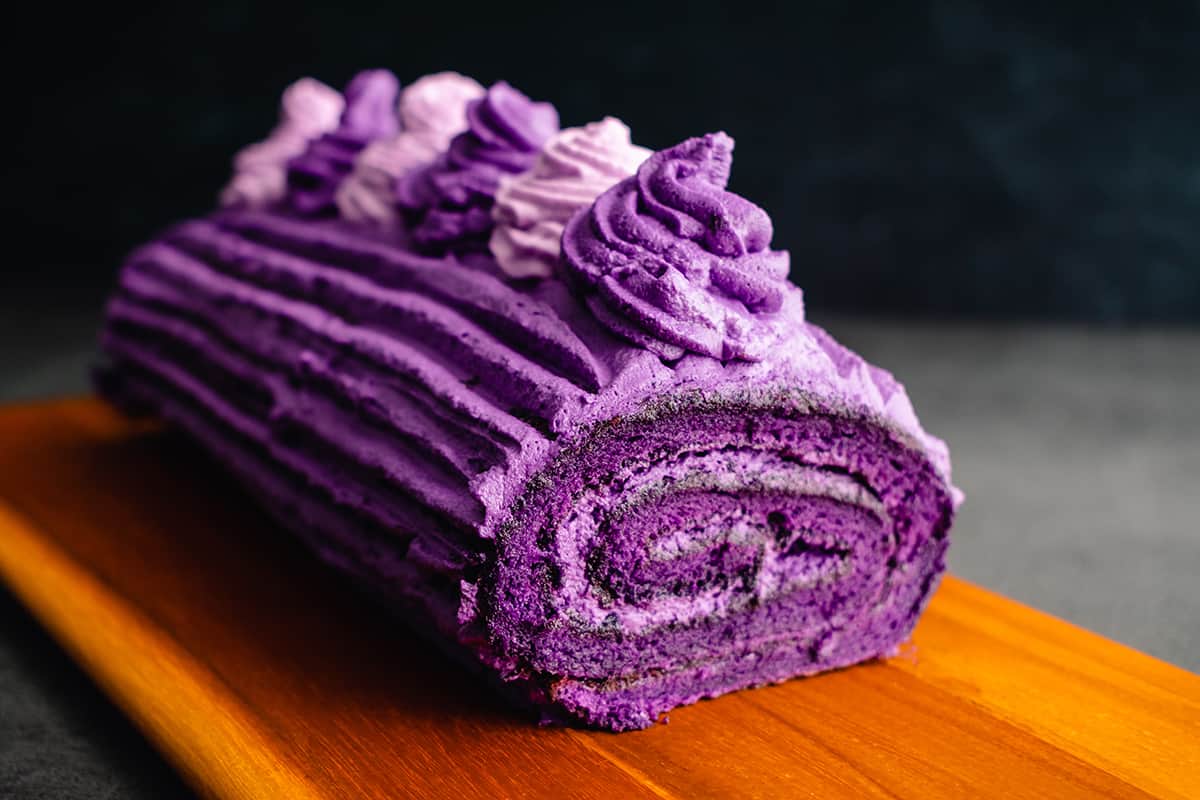
Here’s where things get a bit wonky. If you’re making a cake, which is made by rolling sheet cake, you shouldn’t let it cool down completely.
Sheet cake is soft and pliable when hot, making it perfect for rolling up. However, if you try to frost a roulade when it’s piping hot from the oven, the frosting might melt and soak into the cake. When the frosting hardens, the sheet cake will most likely tear when you try to roll it up.
So, if you’re making a roulade, let it cool for about 10 minutes before frosting the cake, adding fresh fruit, and rolling it up into a tight circle. As a side note, you should also trim off the ends to reveal the beautiful swirl in the center.
How to Cool a Cake
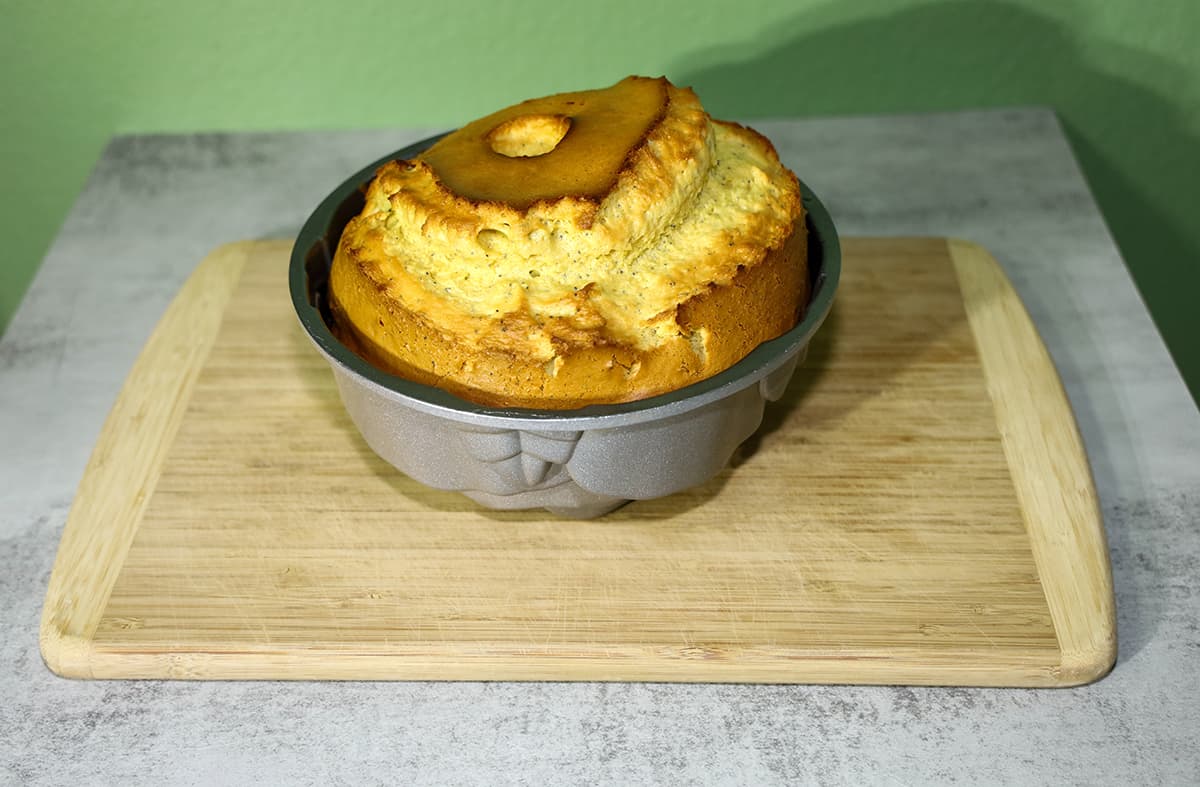
For the baking newbs out there, you should know that cooling a cake doesn’t mean pulling it out of the oven and letting it sit on the kitchen counter for three hours. If you want to cool a cake down properly, here’s what you need to do:
- After the cake has reached your desired level of doneness, remove it from the oven and place it on a kitchen counter.
- Leave the cake alone for 10 to 15 minutes in its baking pan. Place a wire cooling rack on the kitchen counter in the meantime.
- After 10 to 15 minutes have passed, carefully unmold the cake from its pan and transfer it to the wire rack. You can place it upside down if you want super-crispy corners on the top of your cake.
- Let the cake sit on the wire rack for three hours or until it’s as cold as you want.
- When the cake is at room temperature or colder, you can come up with ways to decorate the cake or store it for the long term.
A wire cooling rack has legs that prop the cake up by a fraction of an inch. While it might seem insignificant, the space between the top of your kitchen counter and the bottom of the wire rack will allow steam to vent from all directions of the cake. If you were to leave the cake in its original baking pan for the entire three hours, it would end up with a soggy bottom, which doesn’t sound very appetizing.
DO NOT, under any circumstances, drape a sheet of plastic or a paper towel over the cake while it’s cooling. Doing so will prevent the cake from venting steam properly, leaving an overly moistened mess that’s difficult to slice and decorate. When the cake has thoroughly cooled down, you can cover it or do whatever else you want to it.
Should I Refrigerate a Cake?
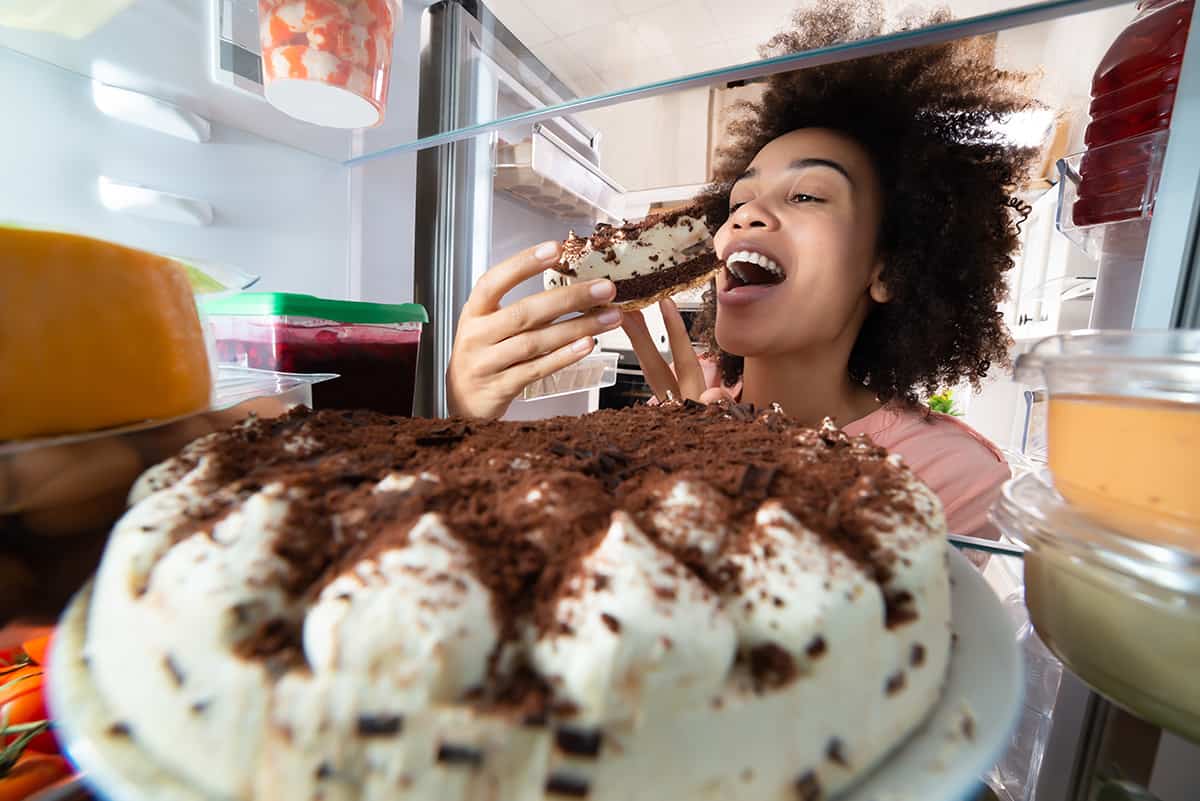
There are two reasons why you should refrigerate a cake. First, you made the cake ahead of time and plan on serving it within a week. Second, you want to layer and frost the cake.
Refrigerating a Cake for Later
An unfrosted cake can last up to three days at room temperature. A frosted cake will begin to show signs of aging after two days at room temperature. You can extend the life expectancy of a regular cake by up to a week by placing it in the refrigerator. Here’s how you do it.
- Allow the cake to cool down to room temperature.
- Place a sheet of plastic over the cake.
- Place the cake in an airtight container.
- Put the airtight container inside the fridge. The farther away it is from the refrigerator door, the better.
- To defrost the cake, take it out of the fridge, set it on a wire cooling rack for two hours, and heat it in the oven for 8 to 15 minutes at 250°F.
It’s worth mentioning that refrigerating a cake or any pastry will cause it to dry out. It doesn’t matter how airtight its container is; the cake will begin to release moisture. If the container is shut properly, the moisture shouldn’t contribute to accelerated spoilage, but it’s still advised that you finish the cake as soon as possible. That is, unless you like spending hours and hours baking a cake from scratch.
If you want to extend the shelf life of your cake to up to six months, you can place it in the freezer. However, the cake may begin to lose its flavor and texture after the one-week mark. That’s why I recommend making cakes at most one week before you plan on serving it—on the same day you want to serve it is ideal.
Refrigerating a Cake for Decorating
Whether you want to serve the cake on the day you made it or in the near future, you should always refrigerate it before adding frosting and other decorations. When the cake has come down to room temperature, drape a sheet of plastic over the cake before letting it sit in the fridge for a couple of hours to overnight.
When the cake is thoroughly chilled, you can begin cutting it into even layers. After adding frosting in between the layers, you should add a crumb coat to the cake. This is a thin layer of frosting that locks loose exterior crumbs that would ruin the cake’s frosting. After crumb coating the cake, place it in the fridge for 30 to 60 minutes before continuing with the subsequent frosting layers.
When Can I Frost a Cake?
If your goal is to make a visually stunning cake, you have to think about at least adding frosting to the cake. The main ingredients that go into cake frosting is butter and sugar, both of which will melt when they make contact with a hot surface.
So, if you want to add frosting to your cake, make sure the cake is at room temperature. Again, allow at least three hours to pass after removing the cake from the oven. The longer you wait, the better.
